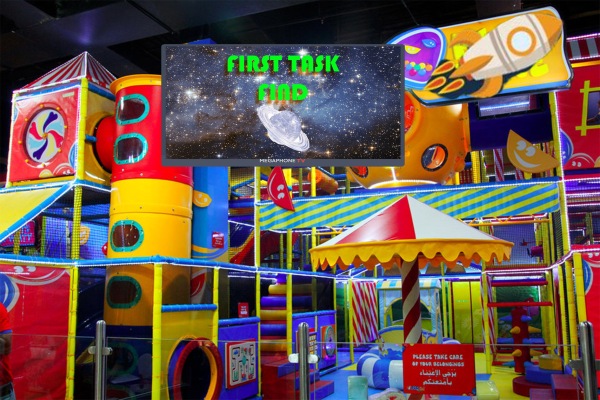VR and vision
One of the biggest concerns is the impact VR tech could have on kids’ eyes. Parents have long told children that staring at a screen will make their eyes go square, but the American Academy of Ophthalmology says there is no evidence that long exposure to screens can cause permanent damage.
However, Howarth said there is good evidence to suggest that only those with already weak eye movement and control are likely to experience adverse effects such as headaches and eyestrain. For children, these symptoms are good indicators that these kids need to get their eyes checked, so VR headsets may actually help catch existing problems, he added.
Michael Madary, a postdoctoral research assistant at the University of Mainz in Germany, who in February co-authored the first code of ethics on the use of VR, said the dearth of research on VR’s effects on children is unlikely to improve.
“For obvious ethical reasons, it’s very difficult to do research using children as subjects,” he told Live Science. Madary studies the ethics of emerging technologies, incorporating results from psychology and neuroscience, and he thinks the biggest concern with VR is its effect on children’s psychological development.
“I suspect that if parents are doing a good job as parents, that’s pretty much the most important factor,” he said. “It’s just exercising extreme caution and knowing that the experiments have not been done, so you’re experimenting on your kids.”
https://www.livescience.com/56346-are-virtual-reality-headsets-safe-for-kids.html
Easy ways to combat this ocular stress include having your child’s vision checked before school starts, encouraging 20-second breaks from screens every 20 minutes and making longer breaks where they perform physical activities mandatory.
A company called Vivid Vision is taking advantage of this self-correction behavior by releasing a new system for eye clinics called Vivid Vision for Amblyopia. Their setup melds their specially built games with a powerful computer, touchscreen monitor, Oculus Rift VR headset, and a Leap Motion and Xbox controller to fix amblyopia, a condition where the vision in one eye is compromised because the eye and brain aren’t communicating properly, and strabismus, or crossed eyes.
With all of the possible negative effects VR might wreak on our vision, the fine-tuning and further development of virtual reality systems and headsets could actually make our eyes stronger. Who knows what other interesting and groundbreaking applications VR might come up with to enhance vision down the road? Special attention should be paid to the time spend in virtual reality for younger enthusiasts, similar to the restrictions already recommended for kids’ screen time.
https://essilorusa.com/newsroom/virtual-reality-bad-fo-the-eye






